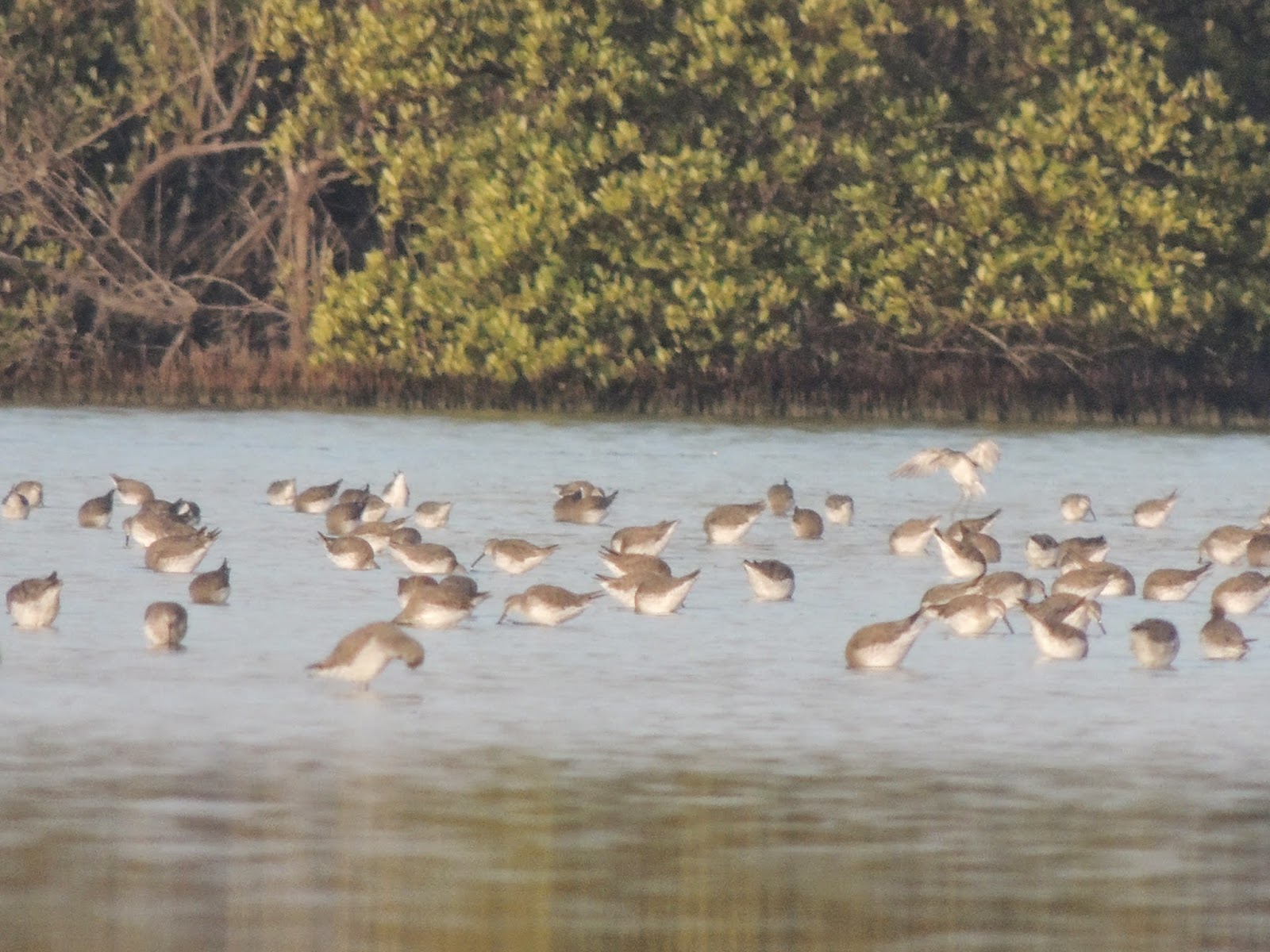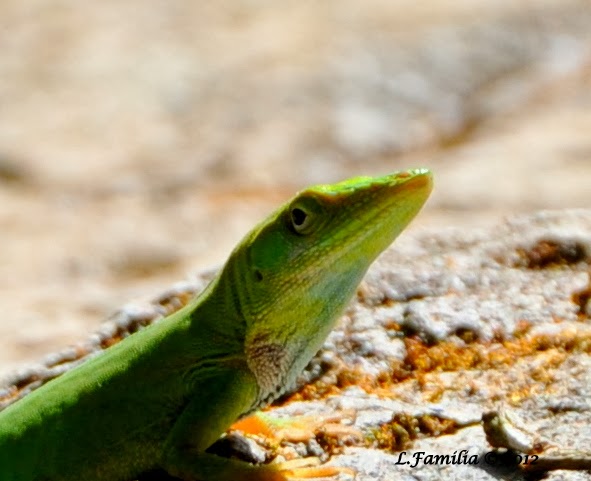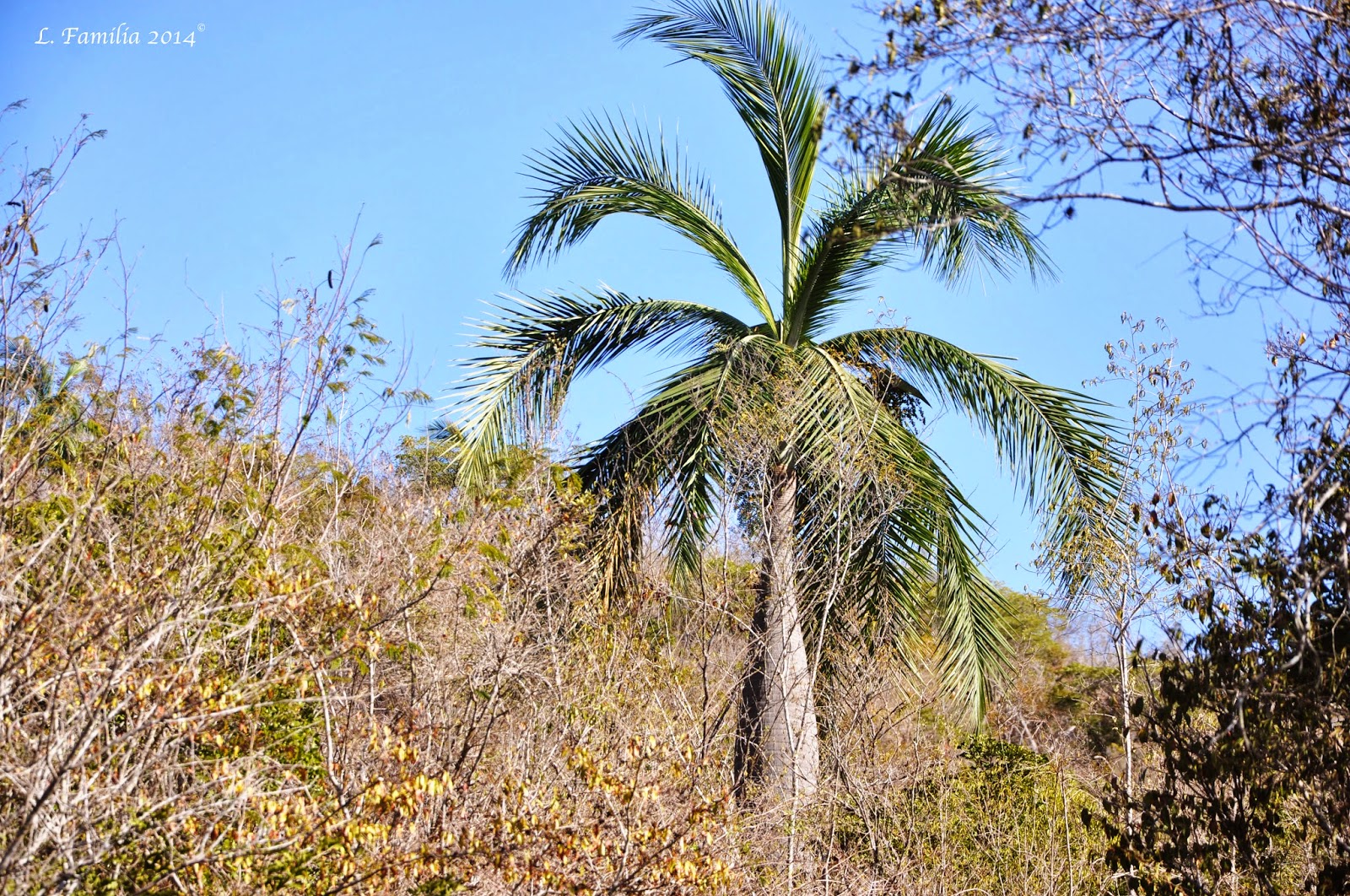Sandpipers form D.R.

Sandpipers in Salada lagoon in Montecristi, D.R. Sandpipers are a large family, Scolopacidae , of waders or shorebirds. They include many species called sandpipers, as well as those called by names such as curlew and snipe . The majority of these species eat small invertebrates picked out of the mud or soil. Different lengths of bills enable different species to feed in the same habitat , particularly on the coast , without direct competition for food. Text from Wikipedia






